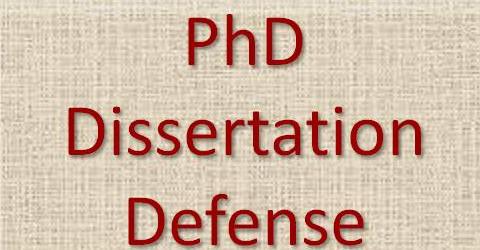
ASSISTIVE CONTROL FOR NON-CONTACT MACHINING OF RANDOM SHAPED CONTOURS
Abdurrahman Eray Baran
Mechatronics, PhD Dissertation, 2014
Thesis Jury
Prof. Dr. Asif Şabanoviç (Thesis Advisor), Assoc. Prof. Dr Kürşat Şendur, Assoc. Prof. Dr. Ali Koşar, Assoc. Prof. Dr. Erkay Savaş, Prof. Dr. Ata Muğan
Date & Time: July 23rd, 2014 – 2:00 PM
Place: FENS-G035
Keywords : Assistive Control, Contouring Control, Bilateral Control, Disturbance Observer, Non-Contact Machining, Remote Laser Surgery
Abstract
Recent achievements in robotics and automation technology has opened the door towards different machining methodologies. Among those, non-contact machining techniques are gaining more attention due to the their advantages in providing high accuracy, rapid, silent and clean operation with no risk of tool wearing. Specifically laser beam machining keeps the flexibility for application also in surgical operations. Considering the non force feedback nature of non-contact machining methods, careful attention on motion control design is a primary requirement for successful achievement of precise cutting both in machining and in surgery processes. Achievement of rapid and high precision cutting requires satisfaction of particular goals in motion control design to keep the contouring velocity at certain pre-defined reference value and precise end effector positioning over a certain pre-defined trajectory.
This thesis is concerned with the design of various pre-processing methods and motion control techniques to provide both automated and human-assistive non-contact machining of random and complex shaped contours. In that sense, the first part of the thesis focuses on extraction of contours and generation of reference trajectories or constraints for the machining system. Making use of several image processing techniques, a methodological scheme is proposed for extraction of contour content from an externally supplied image. The content of the extracted contour is then used for the preparation of reference trajectories and reference constraints.
Following the generation of reference trajectories for tracking with certain pre-defined velocity, two different control schemes are utilized for high precision automated machining of these random shaped contours. In the first scheme, preview control is adopted for enhancing the tracking performance of shapes especially with sharp edges. In the second scheme, control action is generated based on direct computation of contouring error in the operational space by introducing a new coordinate frame moving with the reference contour. This way, the tracking performance is further enhanced especially for respectively high tangential velocity references enabling accurate and rapid machining in industrial applications.
Further, non-contact machining is extended for realization in a master/slave telerobotic framework to enable manual remote cutting by a human operator. In that sense, the constraints generated from the extracted contour information is used to confine the motion of a master device used by an operator while a slave device is enforced to track the motion imposed on the master system. With this new approach, the human operator (i.e. a surgeon) is limited conduct motion within a desired virtual constraint and is equipped with the ability of adjusting the cutting depth over that contour providing advantage for laser surgery applications.
The proposed framework is experimentally validated on a setup consisting of two direct drive actuated 3-DOF parallel robots and a laser machining unit. In order to illustrate a wider range of application, structural asymmetry is preferred between master and slave robots. Originating from this point, a generalized kinematic solution is proposed that is valid for all configurational variations of prismatically actuated delta type robots. The proposed kinematics algorithm is based on direct solution using the system geometry and is feasible for high frequency real-time operation.
Verification of the proposed algorithms is done in the abovementioned experimental platform and the results are illustrated. Experiments prove the applicability of proposed motion control schemes and show the validity of contributions made in the context of thesis.

